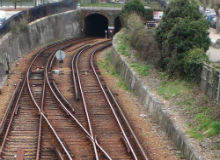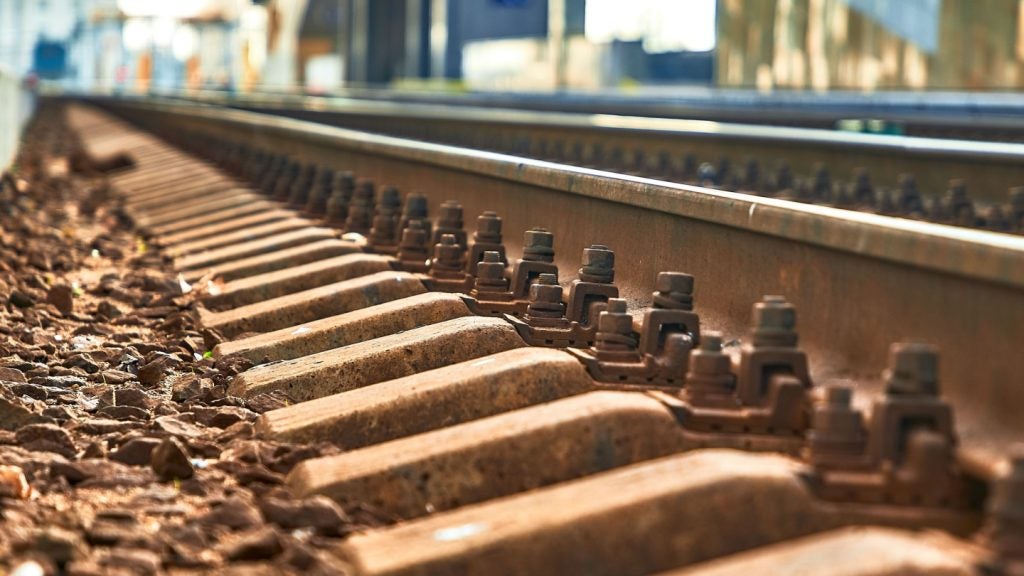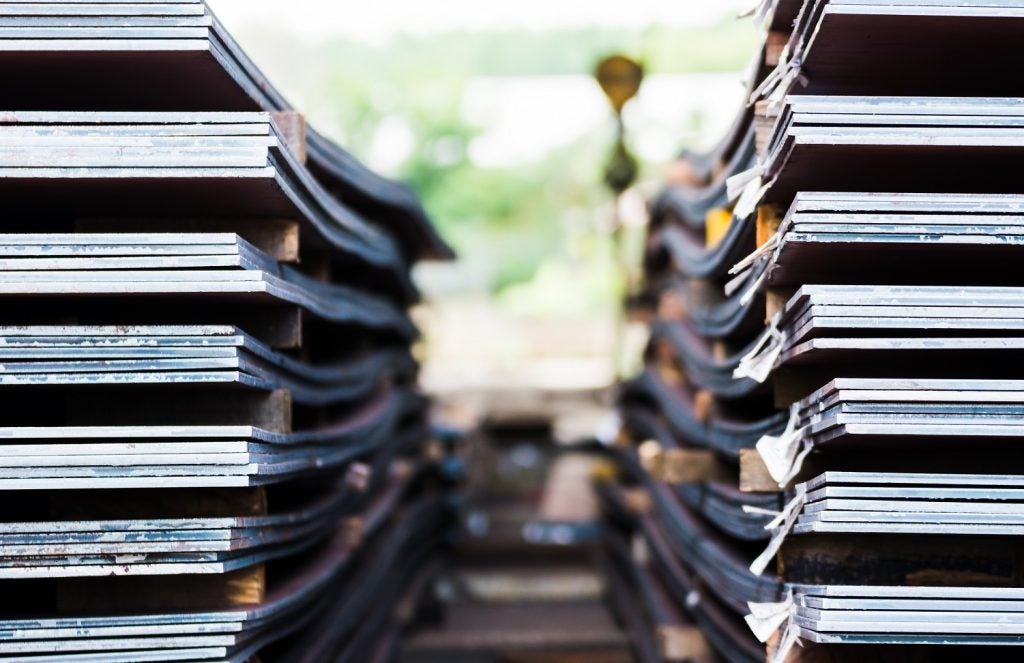

With the trend towards faster, more frequent – and in some instances, heavier – trains expected to continue to grow in the future, the extra wheel-wear on the tracks seems set to see those costs soar, unless a way can be found to cut them without compromising safety. If a steel could be found that lasted perhaps twice as long as the material used for conventional rails, it would mean a potential saving of the costs of a second installation, as well as reducing traffic disruption and helping to maximise track availability – both of which are major public and political priorities.
It is a big ask, but a new, two-year, £2m project, funded by the Rail Safety and Standards Board (RSSB) and the Engineering and Physical Sciences Research Council (EPSRC), aims to make it possible by attempting to identify the optimum steel to meet the needs of modern railways.
A new approach
Jaiswal says that there has been an enormous amount of research done on how the wheel reacts with the rail and the mechanics of the interaction between the two, with the aim of reducing the stresses in the contact area and so lessen the damage to the track.
"It is a perfectly valid approach," he says, "but in addition to that, you have to understand what stresses the material can tolerate."
See Also:
The Dutch rail network will run entirely on renewable wind energy by 2018.
How well do you really know your competitors?
Access the most comprehensive Company Profiles on the market, powered by GlobalData. Save hours of research. Gain competitive edge.

Thank you!
Your download email will arrive shortly
Not ready to buy yet? Download a free sample
We are confident about the unique quality of our Company Profiles. However, we want you to make the most beneficial decision for your business, so we offer a free sample that you can download by submitting the below form
By GlobalDataHe draws an analogy to building a suspension bridge. The first things you need to know are the tensile strength of the wire and the load carrying capacity of the cable. In the same way for rail tracks, knowing the stresses in the contact patch, you need to understand the material properties that are necessary to tolerate them. Like anything else, he says, it is a simple tensile test. Stress the material beyond its yield point and it will stretch; choose a stronger material with a yield point greater than the loading applied, and it will not.
"What we are doing in this particular programme of work is to look at exactly what factors can be controlled, and what factors change during the contact."
Understanding microstructures
The project is being undertaken by a consortium of universities – Huddersfield, home of the IRR, together with Cambridge, Leeds and Cranfield – with IRR Head of Enterprise Dr Adam Bevan as the principal investigator for the work.
Over the next two years the group will attempt to develop a fundamental understanding of how steel microstructures – one of the three key aspects responsible for a given type of steel’s overall properties – respond to wheel-rail interactions, using both mathematical and physical methods.
Testing at full scale
The project will build on the leading work already done at IRR in characterising wheel-to-rail interactions, to develop and refine their mathematical model even further, while also making use of a specially built new test rig to replicate the physical conditions of contact. A full-scale three-dimensional test bed, consisting of a full-size bogie sitting atop a large disc to represent the rail, it will allow all of the contact conditions to be very precisely replicated in a way that has never before been possible – and it could prove pivotal for the project.
Designing for fatigue
"Fatigue is quite a complex phenomenon under rolling contact, so no real tests are there that define exactly what is going on," Jaiswal says. However, he hopes this study will lead to a methodology for testing steels that will give a better reflection of how well they can be expected to do in real life, and then allow the researchers to use it to investigate steel microstructures under closely controlled and comparative conditions. The ultimate aim is to establish the microstructure characteristics which provide the maximum resistance to the key mechanisms of wheel-rail degradation.
"Once we have quantitatively assessed what is happening, we can then put forward hypotheses that it is the hardness, or it is the inter-lamina spacing, or whatever it may be, that resists the damage far more than any other property. We can start to establish what I call ‘design rules’ for how a rail steel should be," he adds. In the long run, it should provide a means to decide which, if any, of the existing rail steels is best – or start the process of designing one from scratch.
Track to the future
Developing longer-life railway track that will help lower maintenance costs is clearly a major research focus for the sector as a whole, and other investigations are going on too. IRR, for example, is also involved in a five-year, £8.5m project called ‘Track to the Future’ as one of a consortium of four universities, with Southampton’s Professor William Powrie this time as principal investigator, and the other members being Birmingham and Nottingham. The big question is, however, how soon the results of all this research will begin to percolate through to the rail networks themselves.
"It is too early to say when the outputs might find their way into practice," says Rod Anderson, Southampton University’s Rail Centre Coordinator, but it seems there is already a good record of innovations being adopted in the sector. Anderson cites the successes of an earlier programme, Track21, which comes to a close in November.
"Some research outputs have already been put into practice to good effect but we have yet to complete the economic modelling that will enable practising engineers to benefit fully from the whole range of the work. Over a five-year programme, it is likely that some findings will be taken up early and there is some flexibility in the grant to allow us to pursue especially promising avenues," he says.
Real-life benefits
Jaiswal is equally optimistic, expecting to see the understanding of rail steel microstructures much advanced, and tangible results being delivered by the end of the project’s two years – and not just about how to tailor new steels, but also how and where to use them. Since different parts of the line degrade at different rates, the aim is to produce an economic model too, which should help provide the best fit between material and specific need.
"To have ‘design rules’ as to what kind of steel you should install in which part of the network is an extremely valuable tool," he says.
If that ultimately translates to lower maintenance costs and fewer service interruptions, rail operators and travellers alike will be sure to agree.







